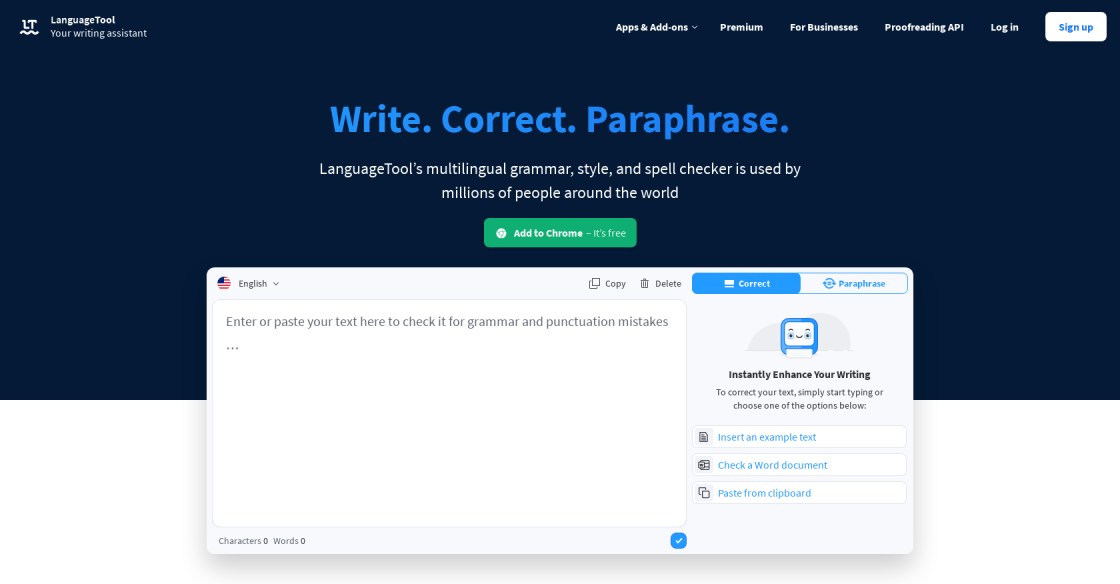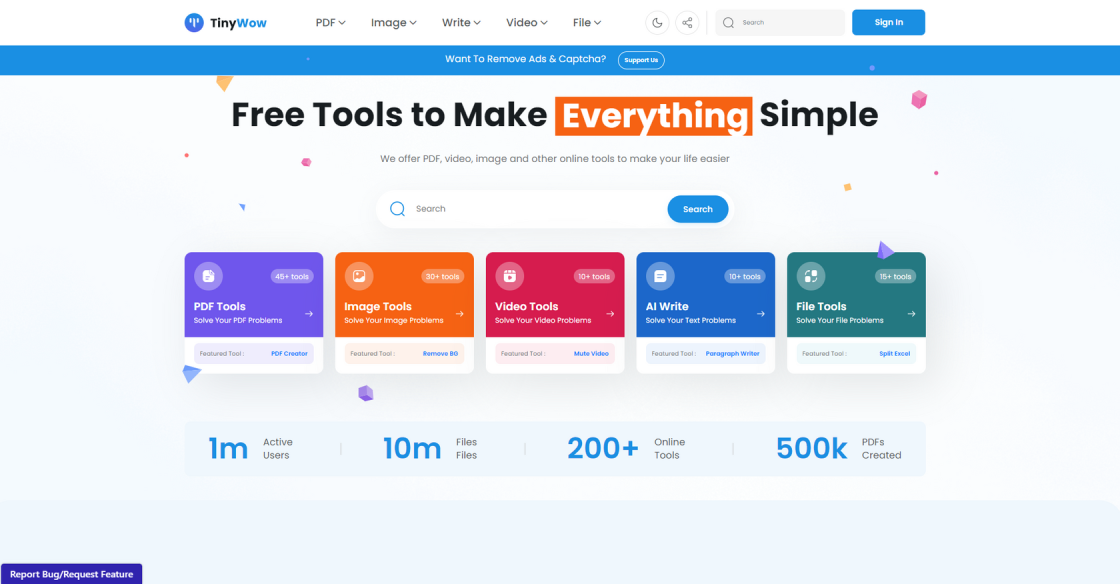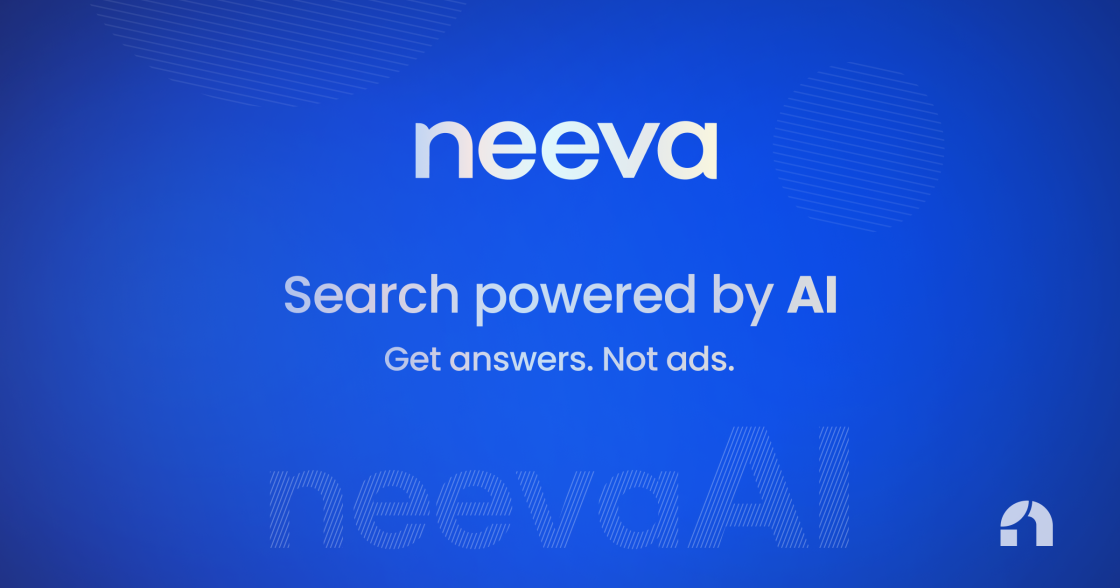


Remove.bg
Remove Background from Image for Free – remove.bg

LanguageTool
LanguageTool - Online Grammar, Style & Spell Checker

FakeYou
FakeYou. Deep Fake Text to Speech.

TinyWow
Free AI Writing, PDF, Image, and other Online Tools - TinyWow

Writer
Writer - Generative AI your people will love

Neeva
Neeva - Ad-free, private search

Designs AI
AI-Generated Graphics

Jenni
Supercharge Your Writing with Jenni AI
GLTR is a tool that has been developed by the MIT-IBM Watson AI lab and HarvardNLP to detect artificially generated text using forensic analysis. With the rapid development of artificial intelligence technology, it has become increasingly difficult to distinguish between human-generated text and machine-generated text. This is where GLTR comes in: it uses advanced algorithms and statistical models to analyze how likely it is that a language model has created a given text.
The technology behind GLTR is cutting-edge, and it has the potential to revolutionize the field of natural language processing. By automatically detecting artificially generated text, GLTR can help prevent plagiarism and other forms of academic dishonesty. It can also be used to identify fake news and propaganda, which are becoming increasingly common in today's world.
Overall, GLTR is an exciting development in the field of natural language processing. It has the potential to change how we approach many aspects of text analysis, from academic research to journalism and beyond. As the technology continues to evolve, it will be fascinating to see how GLTR is applied and what new insights it can provide.
GLTR is a tool developed by the MIT-IBM Watson AI lab and HarvardNLP that can detect artificially generated text using forensic analysis.
GLTR analyzes how likely it is that a language model has generated the text, to detect automatically generated text.
Forensic analysis involves analyzing the evidence and data to find out if the information is genuine or not.
Artificially generated text can mislead readers and cause harm, especially when used for malicious purposes like creating fake news or phishing scams.
GLTR can detect any text that has been artificially generated, including chatbot conversations, social media posts, news articles, and academic papers.
Yes, GLTR's accuracy rate is very high as it was developed by AI experts from MIT and Harvard.
Yes, GLTR is an open-source tool and can be used by anyone interested in detecting artificially generated text.
The time taken to analyze a text using GLTR depends on the length of the text. It usually takes a few seconds to a few minutes.
Yes, GLTR has an API that can be integrated with other tools to enhance their functionality.
Yes, GLTR is a reliable tool for detecting artificially generated text, and its accuracy rate is one of the best in the market.
| Competitor | Key Differences |
|---|---|
| GPT-3 | GPT-3 is a machine learning model that generates text. Unlike GLTR, GPT-3 can produce text that is indistinguishable from human-written text. |
| OpenAI | OpenAI is an artificial intelligence research lab that develops machine learning models, including language models like GPT-3. While GLTR focuses on detecting artificially generated text, OpenAI focuses on developing advanced language models. |
| Hugging Face | Hugging Face is an AI company that provides natural language processing services and tools, similar to GLTR. However, Hugging Face may have a broader range of NLP tools and applications compared to GLTR. |
GLTR is a powerful tool that has been developed by the MIT-IBM Watson AI lab and HarvardNLP. Its primary objective is to detect automatically generated text using forensic analysis. With GLTR, you can easily identify whether a particular text has been artificially generated or not. This tool works by analyzing the likelihood that a language model has generated the text in question. By doing so, it provides an effective way of identifying plagiarism in text documents. Whether you are a content creator or a researcher, having access to a reliable tool like GLTR can help you ensure that your work is original and free from any form of plagiarism. So if you want to produce high-quality content that stands out from the rest, consider making GLTR an essential part of your writing toolkit.
TOP